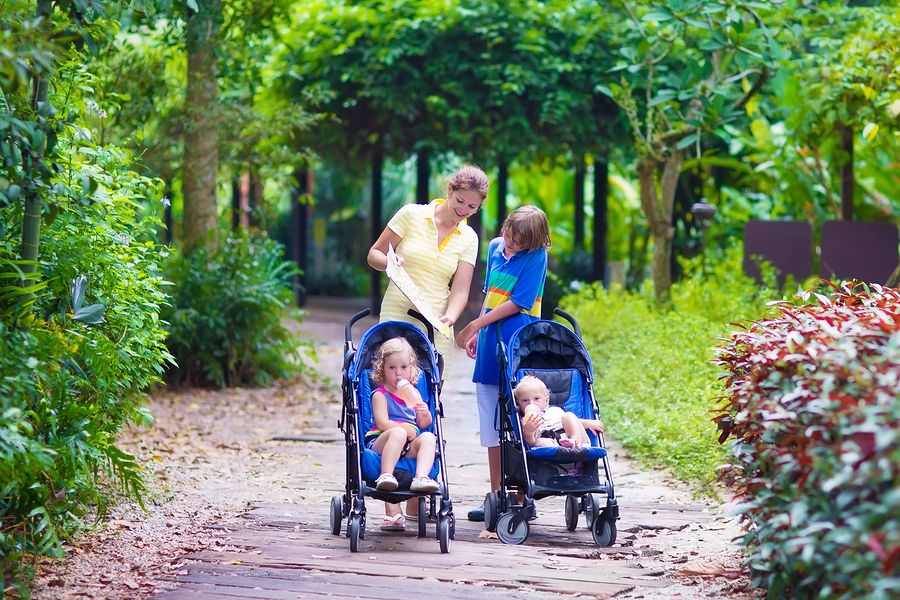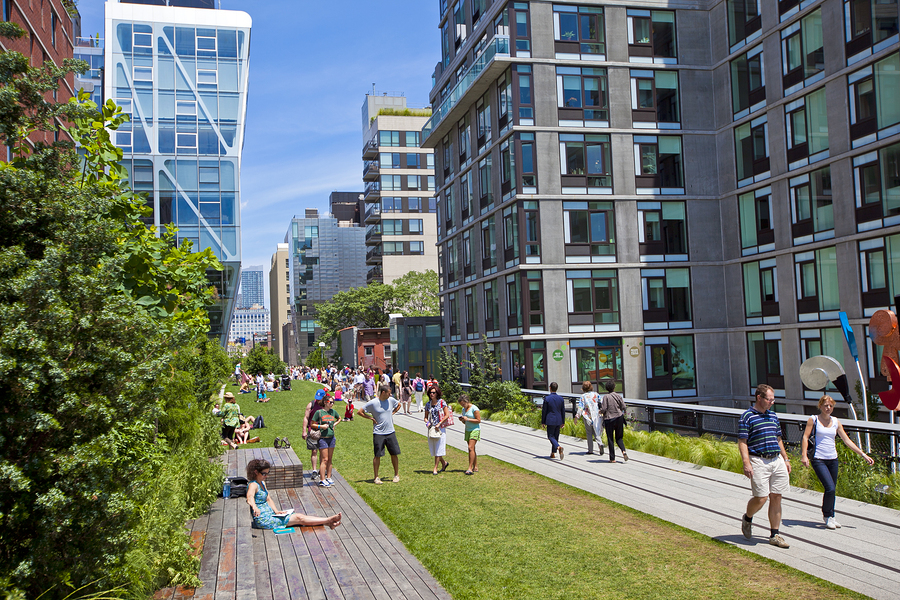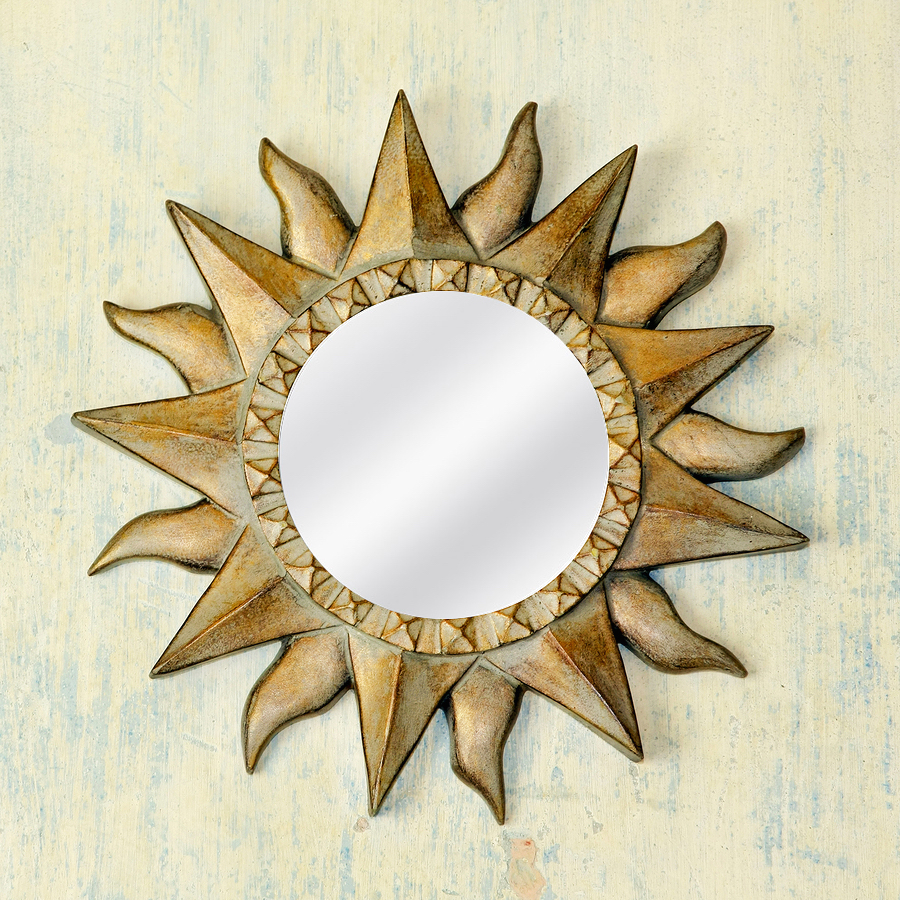
A sunlit space that’s fully underground could transform the way you think about city parks.
One of the most innovative public park spaces has been right under New York City’s nose all the time. But when they say “under,” they mean it.
The new Lowline project proposal takes an unused space with loads of character, and turns it into something the likes of which the city has never seen. The problem is that it’s entirely underground. But Architect magazine says that might not prove to be a real problem in the long run.

The High Line is perfect in summer, but imagine a public park that’s safe from the elements night or day, even in the rain or snow.
Lowline Gets Inspiration From its Cousin
The Lowline proposal is a spinoff from another inspirational pubic space, the High Line city park. The High Line was once a busy, elevated rail line that shipped freight through the city. Its last run was in 1980, when opposing teams fought to demolish and to preserve. Team Preservation, actually known as Friends of the High Line, won. And now a bustling city park exists where once there were nothing besides tracks.
Instead of an elevated park, the Lowline proposal is for a park below grade. In a space that was once occupied by the Williamsburg Bridge Trolley Terminal, Raad Studio and Korean company, SunPortal, plan to develop a usable public space that takes advantage of the existing details, such as cobblestones on the ground and intact rails.

Reflection shares the sun’s wealth with the abandoned underground space.
The Obvious Problem is Sunlight
The Lowline might have plenty of things going for it, from an acre of usable space to built-in character. But one thing it doesn’t have is light. The absence of natural light adds a level of difficulty that most public parks don’t have to deal with. But that’s why Raad partnered with SunPortal.
As the name implies, the South Korean company specializes in bringing light to a place where it doesn’t exist. But that doesn’t mean the Lowline will have banks of electric lighting that mimic the sun. SunPortal is working on a network of sunlight collectors, situated topside, which will reflect and direct natural light down. Once there, dome-shaped diffusers share the UV wealth more evenly throughout the whole park.
Why the Lowline Matters
In a city as large and crowded as New York, finding more space is magical, bordering on impossible. So a proposal for not just usable space but a functioning public park gets attention. Abandoned since 1948, the old trolley station still has a lot to offer. It’s still solid, still has crisscrossing rail tracks and vaulted ceilings, says Architect magazine, and it has the potential for “greening up” a part of the city that desperately needs it.
The “remote skylight” does more than just send daylight down to the park. It also makes landscaping possible. So residents and visitors get more room to roam, and sightly cleaner air, too.
The Lowline might be the greatest rediscovery to happen in a long time. Repurposing is one of the greenest ways to use any space, since much of it already exists, and adding green and growing things benefits everyone. This project seems to have taken the Highline and reworked it into something even better.
At PDH Academy, we know that your time is one of your most valuable commodities. That’s why our professional development hours course offerings are so convenient. Check out our courses when your next credit hours are due. With the time an energy that you save, you could develop or discover the next great thing in architecture.






